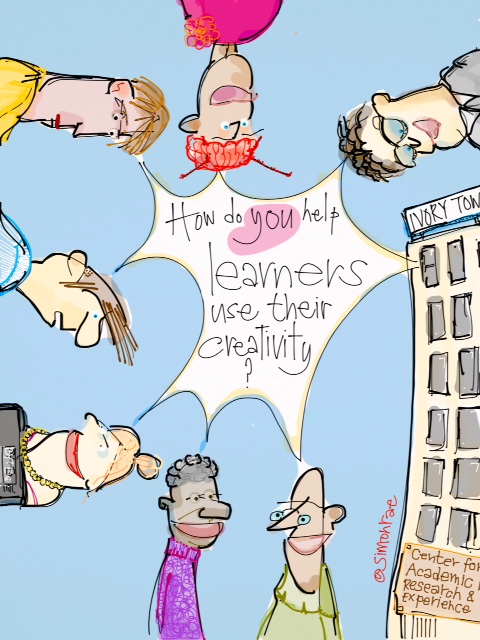
As an independent agent in the higher education ecosystem Creative Academic argues that higher education needs to pay more attention to students' creative development as an integral component of their academic development - creative and critical thinking are complementary elements of integrative thinking and they should be treated as such in our educational designs and teaching and learning practices. Through our Creative Pedagogies & Learning Ecologies project we are trying to foster and facilitate new conversations about the importance of creativity in higher education teaching, learning and students' development and achievements. In the coming year we are trying to bring together and connect educational practitioners and researchers, educational development teams, networks, communities, universities and colleges who share this interest and concern for students' and teachers' creative development, through a partly planned / partly emergent programme of activities relating to creative pedagogies and creative learning ecologies.
In 2016 we began to develop the idea of creative ecologies and our intention is to explore and develop the idea further by linking it to creative pedagogies - the imaginative ecologies that teachers create within which students learn and are able to use and develop their creativities. In this issue of the magazine we aim to publish at least one article each month that describes an approach to teaching and learning in which the objective was to enable learners to use and develop their creativity. We also try to bring together research and surveys that cast light on the idea of creativity and what it means to the people involved in facilitating creativity or who are trying to be creative. By considering lots of different perspectives and approaches, in different disciplinary, pedagogic and institutional contexts we hope to develop our understanding of what being creative means and what sorts of practices and behaviours encourage and enable stude nts to be creative and to understand their creativity.
An important element of our programme is to create an 'emergent magazine'. By this I mean we are not finding, editing and organising all the content before the magazine is published, rather we will launch the magazine in the hope and belief that over the course of the coming year we will be able to fill it with content that is relevant and useful to the topic we are addressing MagazineCreative Pedagogies & Learning Ecologies
We believe in collaboration and cooperation and we welcome your involvement and participation in developing and creating this magazine. We believe in collegiality, openness and sharing and the knowledge we develop will be treated as open learning/ open educational resources. The ecology we are creating to explore these ideas is open to new ideas and to people and institutions who want to contribute. We are particularly keen to connect researchers to practitioners so that educational practice can be informed by evidence from research in this area. We are also keen to engage with the enormous range of learning contexts within higher education institutions in which students' are encouraged to use their creativity. If you would like to share your own thinking and practices by writing an article for the magazine please do contact me.
Norman Jackson Commissioning Editor
normanjjackson@btinternet.com
Creativity in Higher Education - Creative Pedagogies & Learning Ecologies
http://www.creativeacademic.uk/2016-17-programme.html
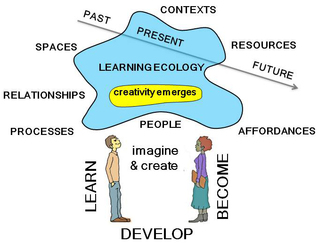

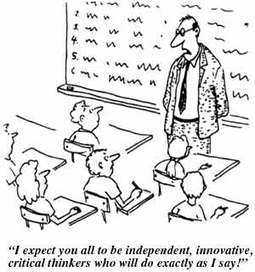
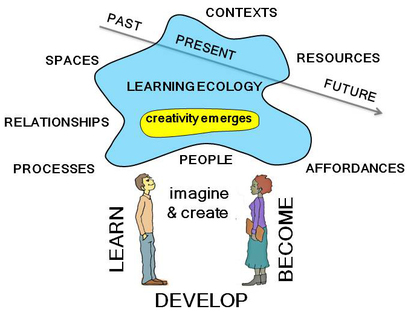
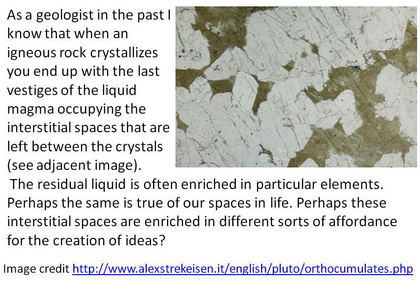
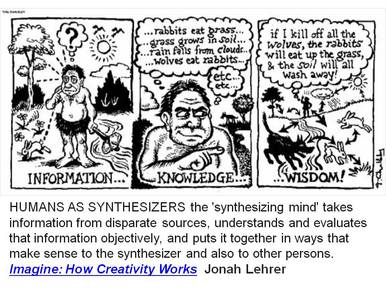
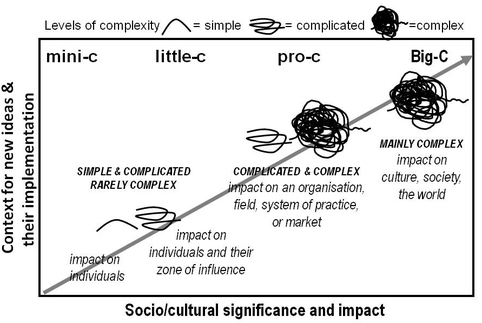


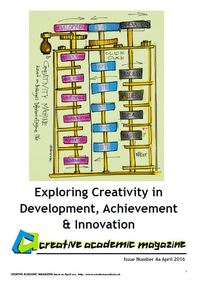
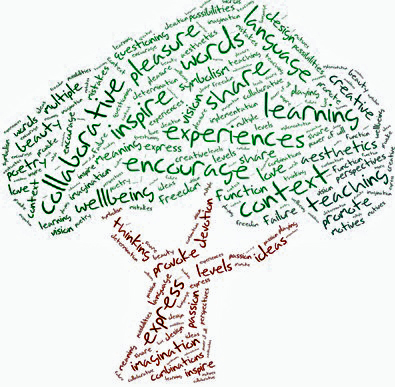

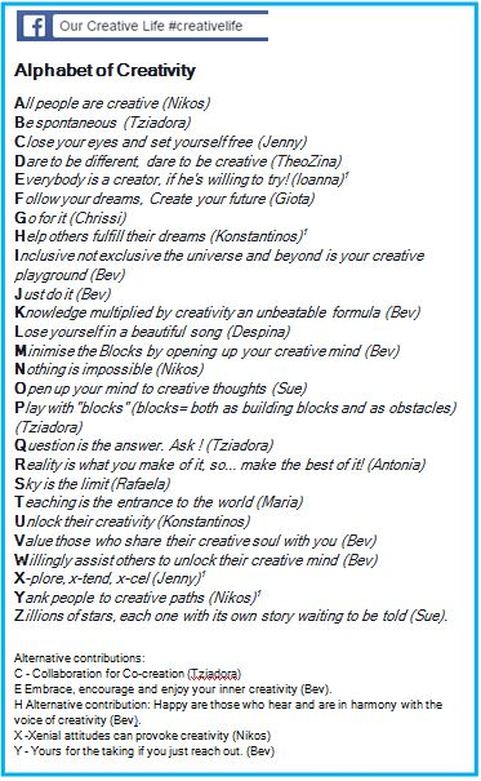
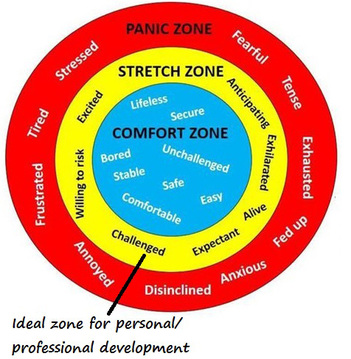
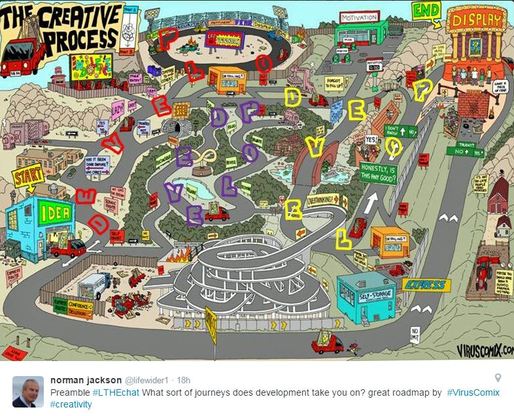
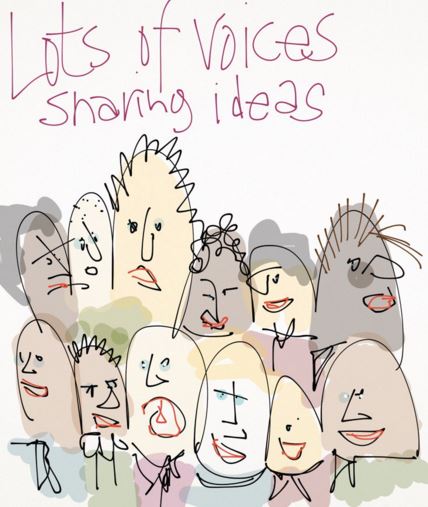
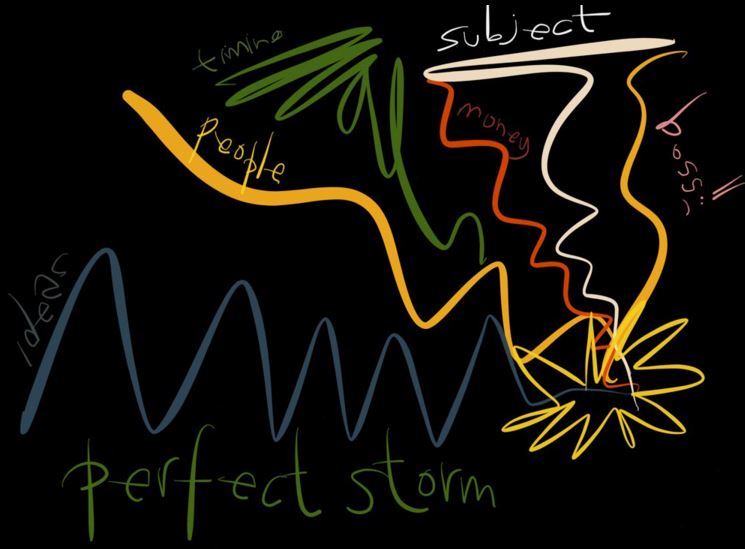
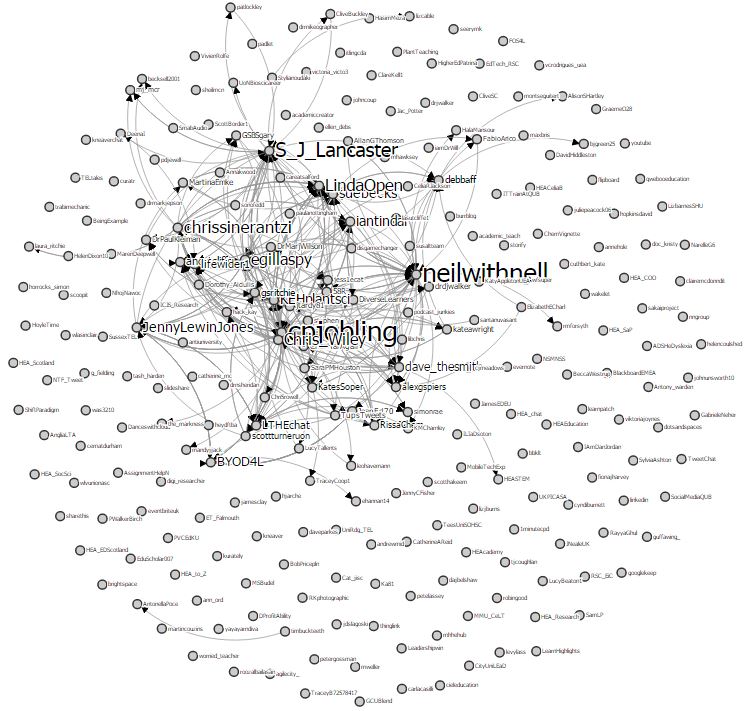
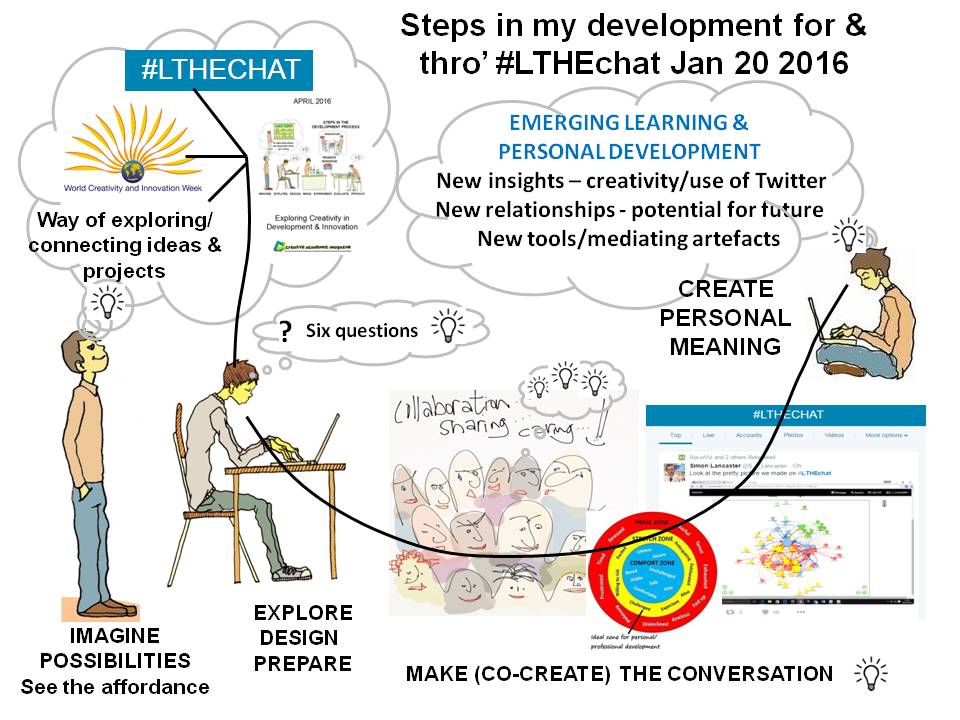
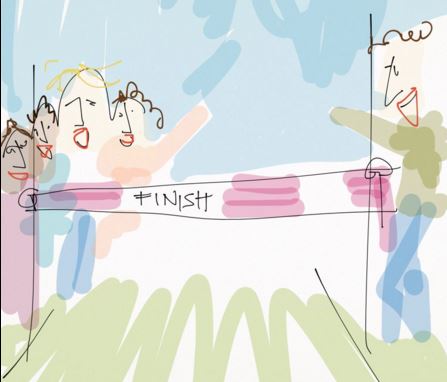
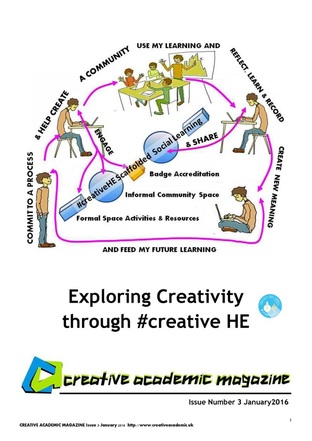
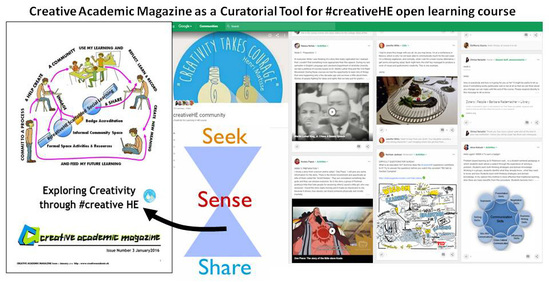

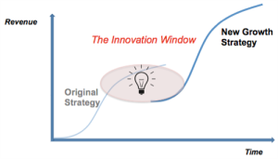
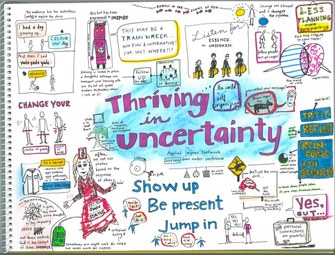

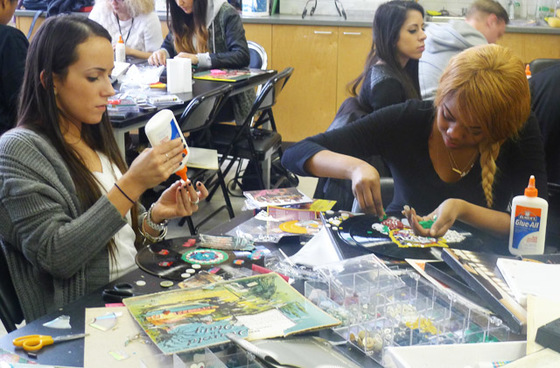
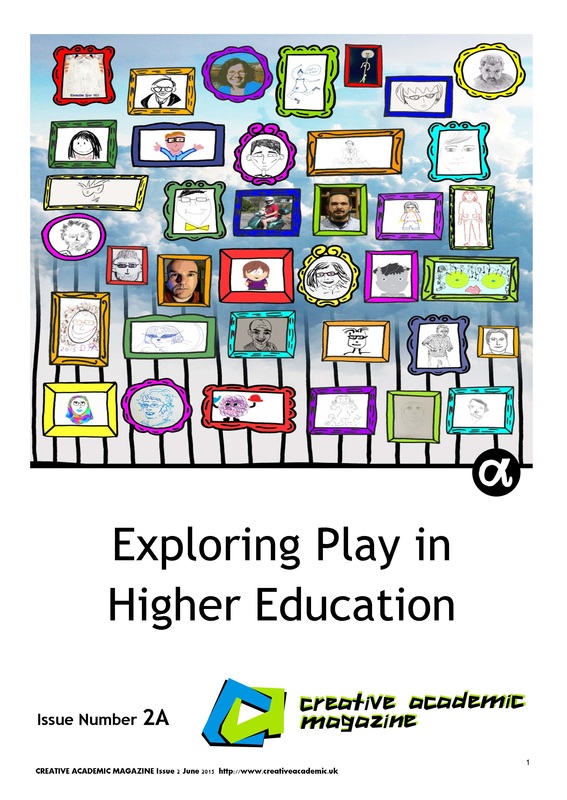
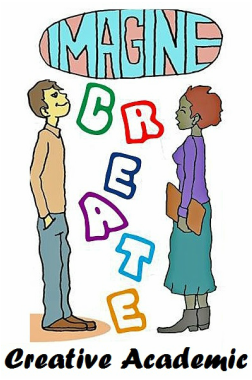
 RSS Feed
RSS Feed
